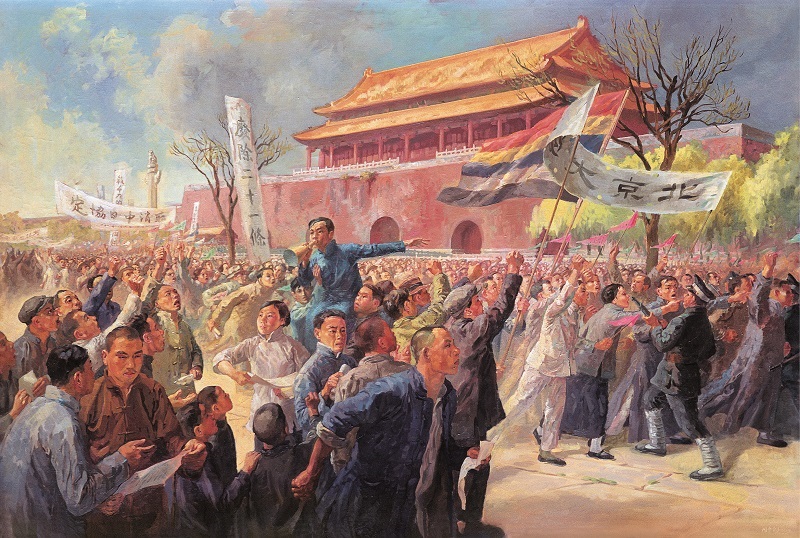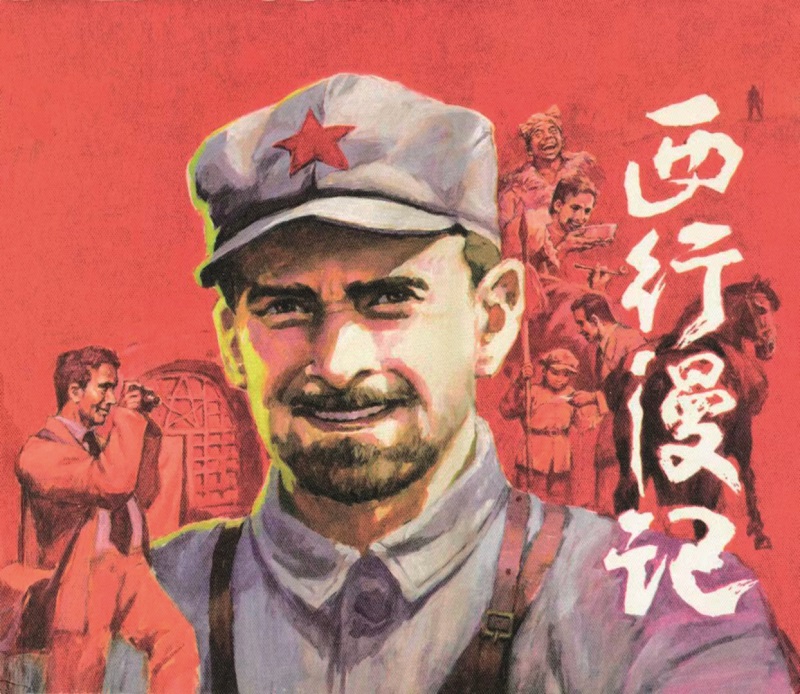Frozen History

An oil painting depicting 20 central historical figures of the Communist Party of China (CPC) including Mao Zedong, Zhou Enlai, and Zhu De shows everyone’s vivid expression and firmly focused eyes. The image seems to gush with power.
The painting Zunyi Conference took Shen Yaoyi three years from 1994 to 1997 to complete. The Zunyi Conference established Mao Zedong’s leadership in the CPC Central Committee, a life-and-death turning point in the history of the CPC. This important historical moment was frozen on the canvas and became a classic work of Chinese art.
Since the turn of the 20th century, Chinese modern art has faithfully followed China’s revolution, construction, reform, and development. It has reproduced and interpreted history with the language of art. The book series Art Classics of New China consists of three volumes containing 212 fine art masterpieces by 243 artists. It integrates popularization of aesthetic education with revolutionary history and shares historical facts and artistic knowledge with readers in a vivid and easy-to-understand way.
The first volume, Art Classics of New China—Fine Arts of Revolutionary History, features works celebrating 75 important moments in Chinese revolutionary history from the May Fourth Movement to the War to Resist U.S. Aggression and Aid Korea, including May Fourth Movement, Zunyi Conference, and Founding Ceremony of the People’s Republic of China.

By providing historical background for each work as well as information about the creators’ intentions, the book seeks to lead readers deep into the historical events depicted in the vivid pictures to help them grasp the history and themes of the Chinese revolutionary spirit.
Canadian physician Norman Bethune (1890-1939), a member of the Canadian Communist Party, died of septicemia while rescuing the wounded of the Eighth Route Army during the Chinese People’s War of Resistance against Japanese Aggression. Two oil paintings and one print created to commemorate him are featured in the second volume of Art Classics of New China—Fine Arts of Heroes and Models. This volume covers 82 works and honors 59 heroes with vivid images.

Born in Missouri, American journalist Edgar Snow (1905-1972) talked about China with his reporting for many years and penned the book Red Star over China, a key work introducing the Chinese revolution, the CPC, and the Red Army to the world. Chinese artist Qi Jinyan adapted his book into a lianhuanhua (a palm-sized booklet with pictures and sparse text) of the same name.
One of the most popular types of publications in China from the late 1940s to the early 1980s, generations of Chinese people grew up with lianhuanhua. The third volume of Art Classics of New China—Lianhuanhua of Heroic Stories selected 57 classic lianhuanhua works and provided information on historical background, authors, and features of the works to share heroic stories with readers.